Seven home improvements you can make without planning permission
Homeowners planning a few improvements have been advised on the changes you can make without having to apply for planning permission.

Homeowners looking to upgrade their dwellings have been advised on seven surprising home improvements that can be made without having to apply for planning permission.
Personal finance experts from TheMoneyPig.com have researched and revealed the rules and regulations surrounding home improvements – and households may be able to make more fuss-free changes than they think thanks to permitted development rights.
Permitted development rights allow homeowners to make certain changes to a building without the need to apply for planning permission.
HOME IMPROVEMENTS YOU CAN MAKE WITHOUT PLANNING PERMISSION
Here are some examples of what you may be able to do under permitted development rights, but you should always double check with your local planning authority, as, in some cases, your rights may have been removed.
1. PORCHES
Porches are the only type of addition you can make beyond the front wall of a property that’s allowed under permitted development, as long it’s no higher than three metres, it has an external footprint no greater than three square metres, and no part of it is nearer than two metres from any highway.
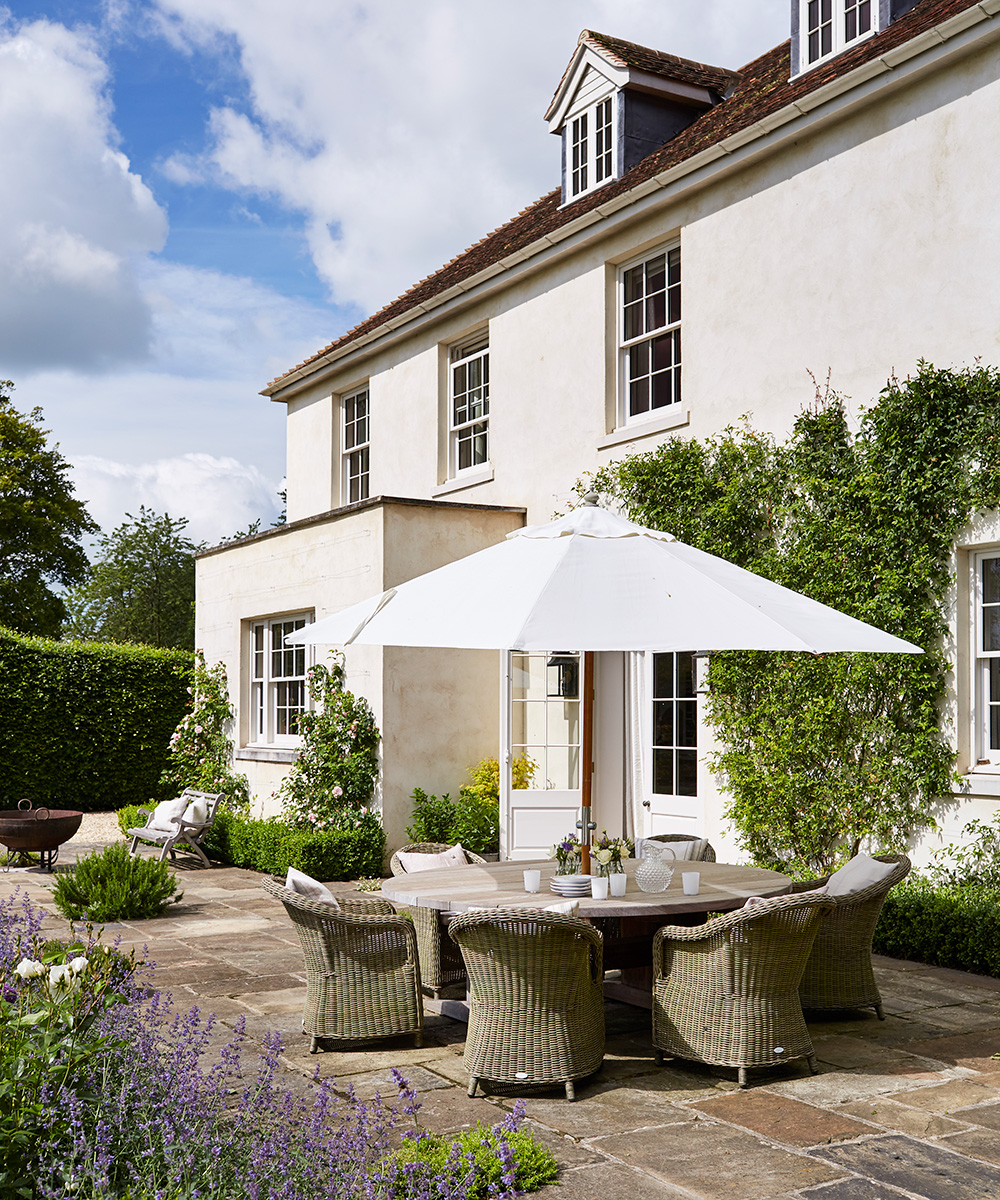
See:These are the 10 most popular 'smart' home improvements to make now
Sign up to the Homes & Gardens newsletter
Design expertise in your inbox – from inspiring decorating ideas and beautiful celebrity homes to practical gardening advice and shopping round-ups.
2. WALLS, GATES AND FENCES
As long as you don’t increase the height of the original structure, you can remove a gate, fence or wall, make alterations or repairs, or carry out improvement and maintenance work. If you want to increase the height, you’ll need planning permission.
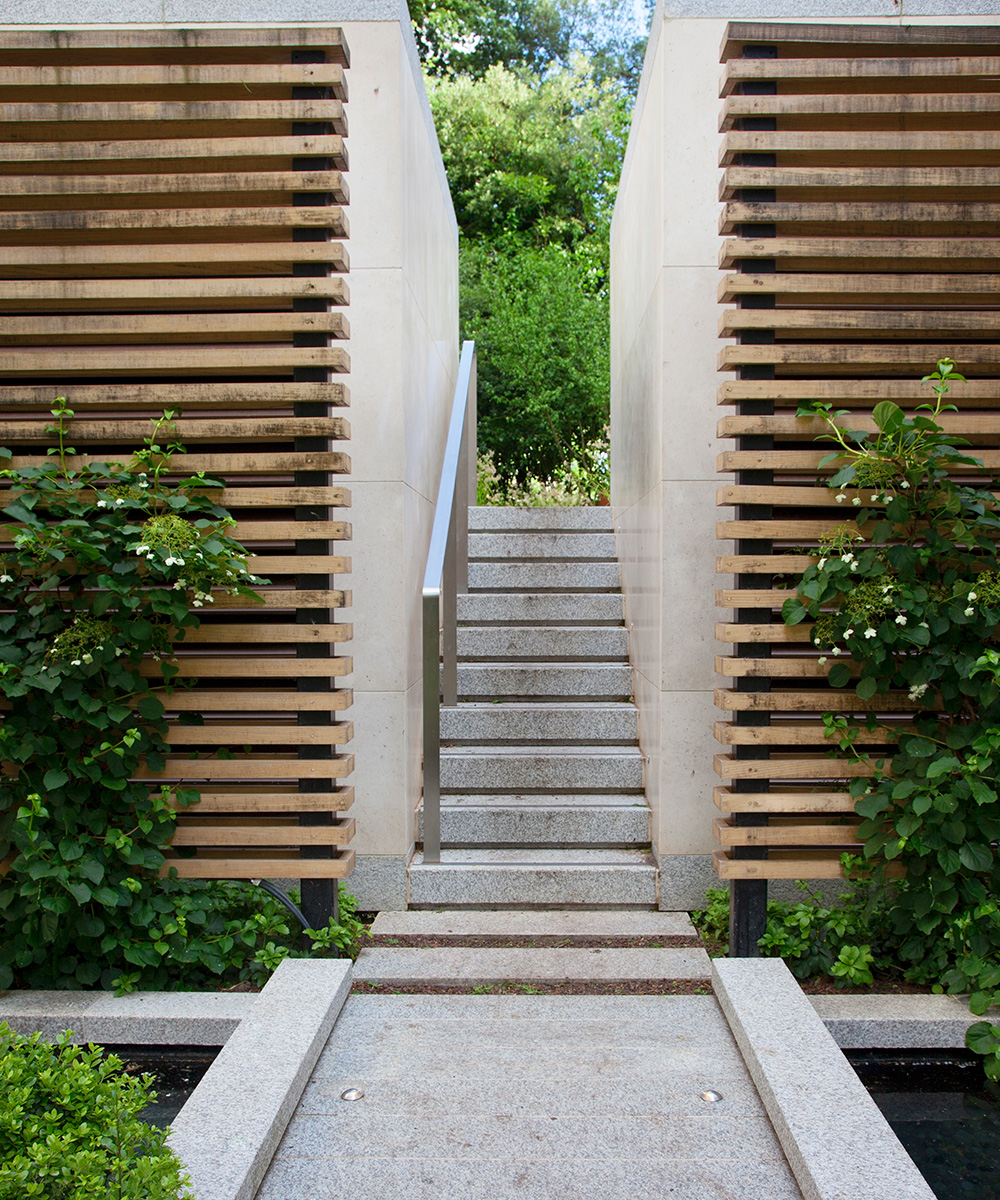
3. SOLAR PANELS
Solar panels can help homeowners save money on their electricity bills, and along with flues and antennas, they’re allowed under permitted development.
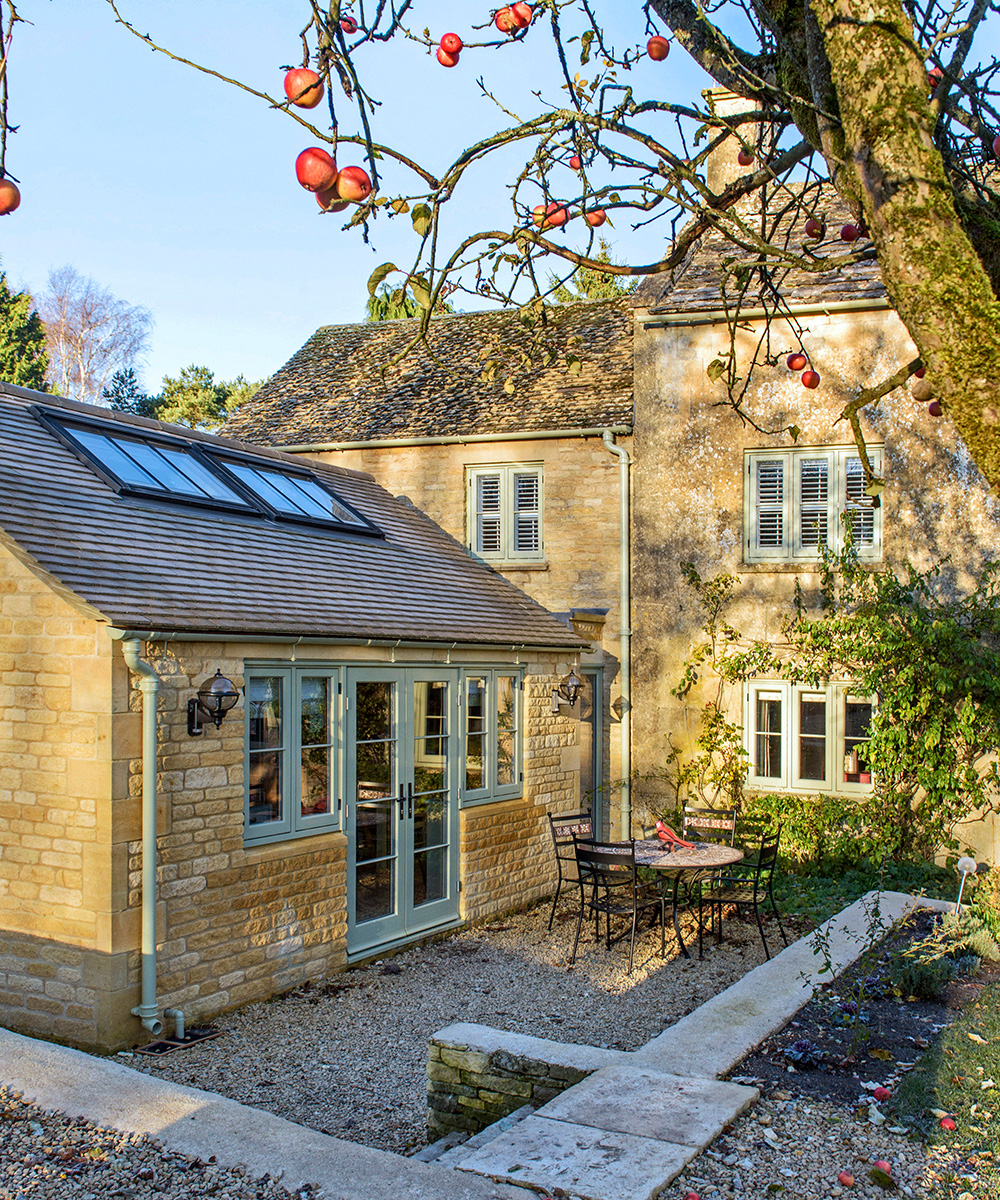
4. GARDEN ROOMS
External buildings that are detached from the main house are allowed under permitted development, but they must be located in a rear or side garden. They cannot be built in a front garden. They can only be single storey, and the footprint of any outbuilding cannot exceed more than 50% of the land surrounding a dwelling.
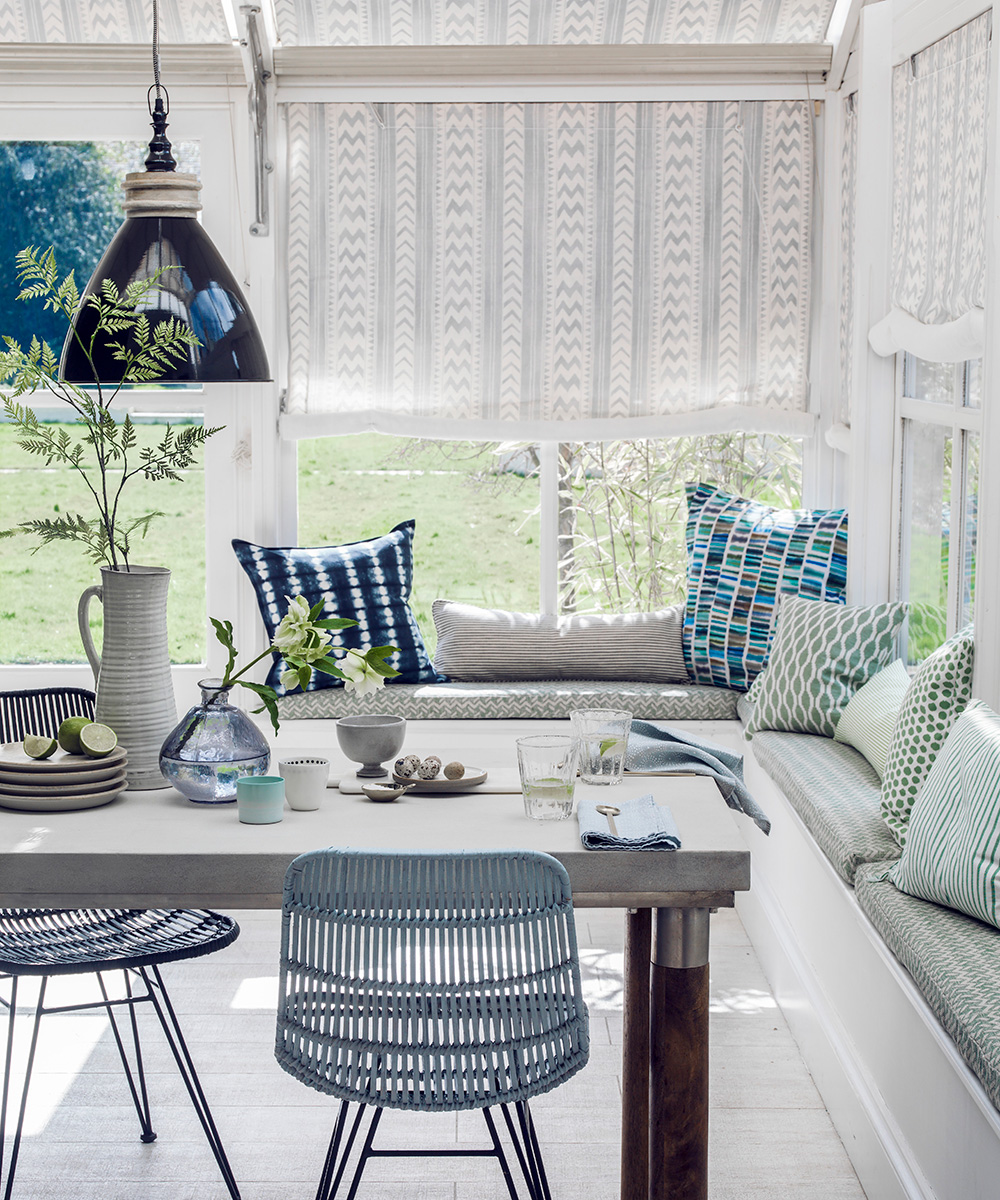
See:The 10 least loved home décor trends – andthey may take you by surprise
5. CONSERVATORY
Building a conservatory onto your property is considered a permitted development and does not require planning permission, unless more than 50% of the land around the house is to be covered (this includes any other buildings), or the conservatory is to be built to the front of the house that faces the road.
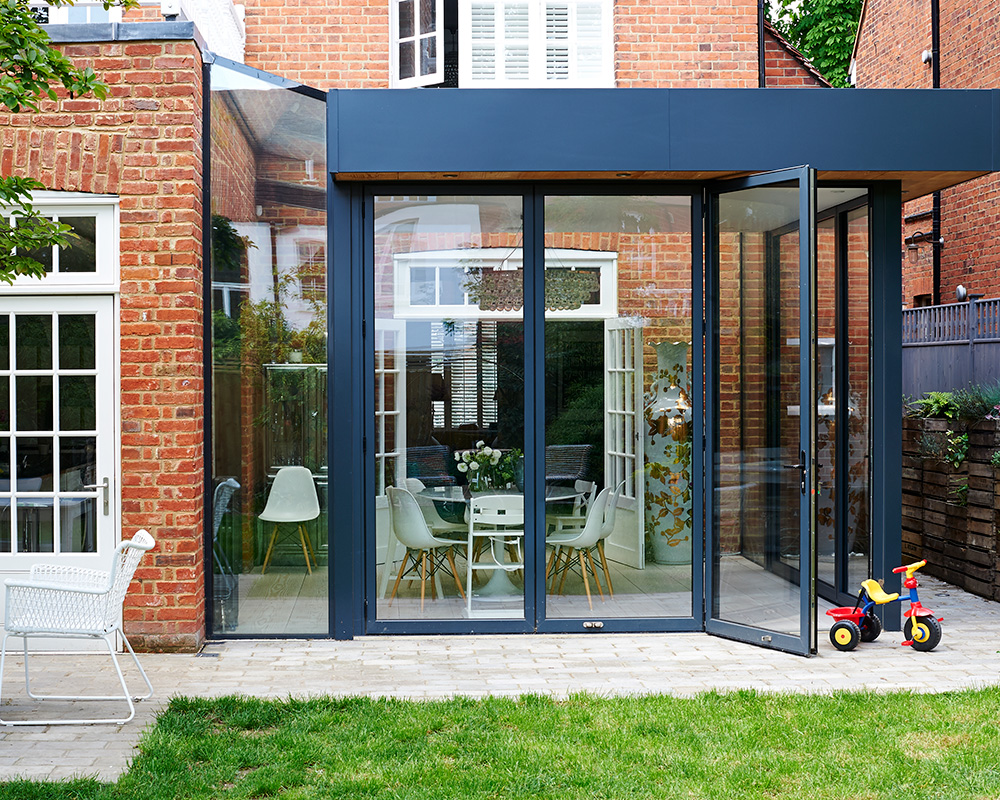
6. LOFT CONVERSION
Converting your loft can prove the ideal remedy if you’re finding yourself short of space at home. Generally, you don’t need planning consent to do this, on the condition that the converted loft’s cubic content will not exceed 40 square meters. Permitted development even lets you add dormer windows – just make sure they don’t rest higher than any part of your existing roof or extend past the roof plane on the main elevation.
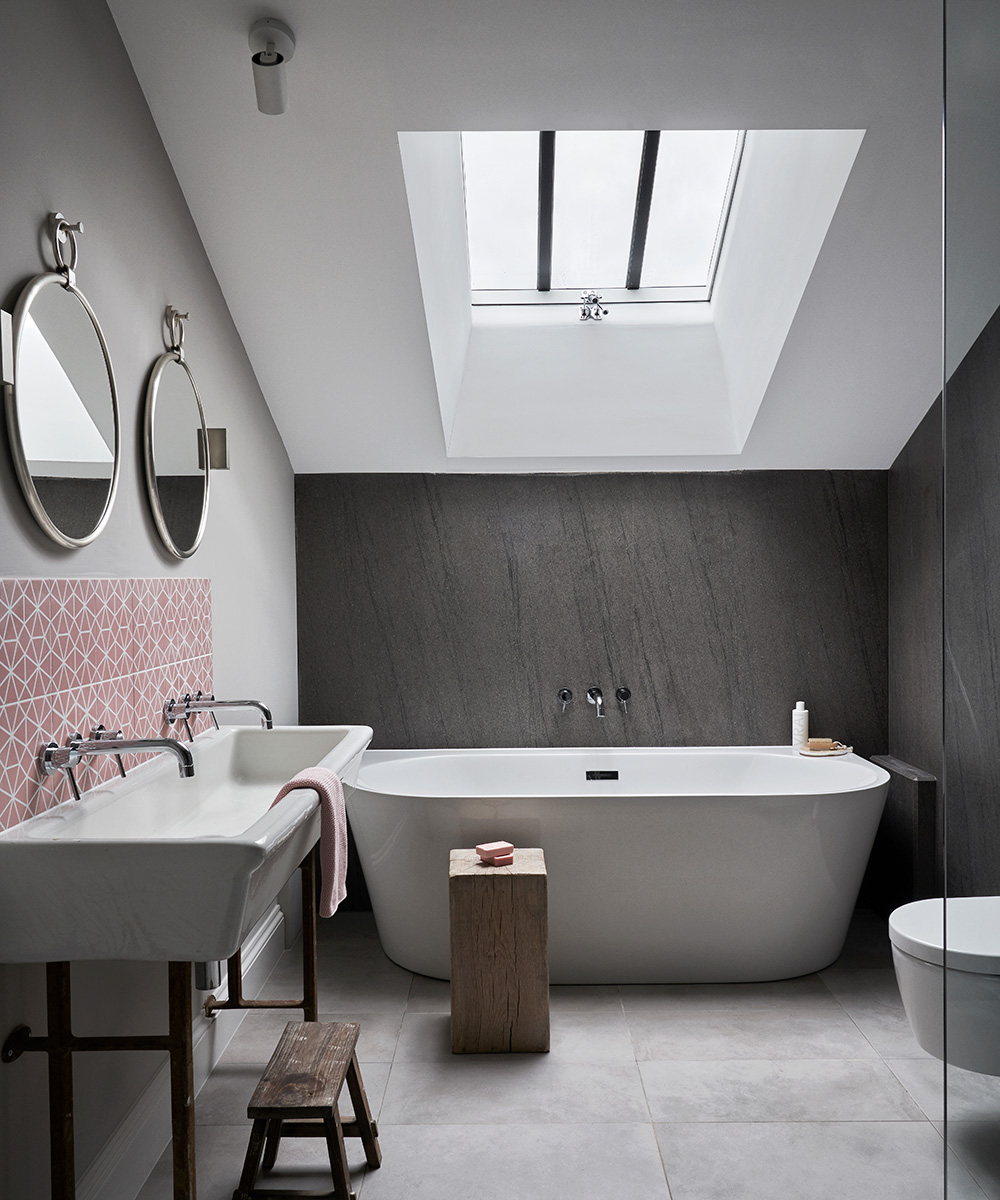
7. PARKING SPACE
Save yourself the hassle of finding a parking space near your home by creating parking spaces within your residential boundaries. This is allowed under Class F of the General Permitted Development Order, but specific restrictions still apply. It could be worth contacting the local council for advice – and for making sure your PD rights haven’t been removed altogether by this local planning authority.

See:The 15 most loved home décor trends – to create a sellable home
'Whatever your reasons for extending or renovating your home, there are plenty of changes you can make without the hassle of having to go through the process of applying for planning permission,' explains a spokesperson for TheMoneyPig.com.
Most houses have permitted development rights, but flats and maisonettes do not, so planning permission is then required. Some of the improvements and upgrades that fall under permitted development include building porches, garden rooms and conservatories, and even converting lofts.

Jennifer is the Digital Editor at Homes & Gardens. Having worked in the interiors industry for several years in both the US and UK, spanning many publications, she now hones her digital prowess on the 'best interiors website' in the world. Multi-skilled, Jennifer has worked in PR and marketing and occasionally dabbles in the social media, commercial, and the e-commerce space. Over the years, she has written about every area of the home, from compiling houses designed by some of the best interior designers in the world to sourcing celebrity homes, reviewing appliances, and even writing a few news stories or two.
-
 Charred little gem with saffron dressing
Charred little gem with saffron dressingThis recipe with charred little gem is both easy to make and sure to impress guests. It's the perfect side for fresh spring menus
By Alice Hart
-
 Grilled asparagus with herb and pickled red onion
Grilled asparagus with herb and pickled red onionThis grilled asparagus couldn't be easier, and it's a wonderful way to get the best flavor from our favorite spring veg. It's perfect alongside fish or lamb
By Alice Hart